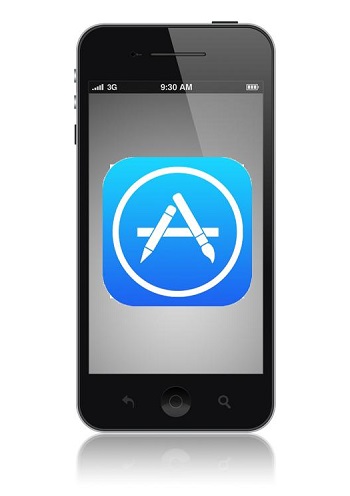iPhone users are suddenly finding that the Apple App Store isn’t quite as affordable as it was a week ago.
The falling Canadian dollar, nicknamed the “loonie” after the loon image on the coin, has been experiencing a steady drop over the last several months, but mobile apps for iOS devices have maintained the same price.
This has meant that Apple will be hiking prices at the Canadian App Store for the second year in a row.
This means that Canadians can expect their iTunes bills to start to rise along with the prices of mobile apps for their Apple devices. The reason given for the change in price is simply the foreign exchange rates. The company expressed that Canada won’t actually be the only country in which iPhone apps will be getting pricier. Aside from that North American nation, there will also be price increases in Mexico, South Africa, Russia, New Zealand, Singapore and Israel. The notice was given to provide consumers with 72 hours of warning.
The announcement from Apple said there would be two new low-price tiers for mobile apps sold in Canada.
 That said, Apple did not use the document to explain precisely what the new price tiers for the sales of Canadian iPhone apps would be. The Next Web has released a report that indicates that where the cheapest apps had been $1.19, those would be increasing to $1.39. While that difference may seem moderate, it is in the more higher-priced mobile applications that the difference would be the most striking. The report indicated that apps that had previously been $50.00 would see a new and much higher price at $69.99.
That said, Apple did not use the document to explain precisely what the new price tiers for the sales of Canadian iPhone apps would be. The Next Web has released a report that indicates that where the cheapest apps had been $1.19, those would be increasing to $1.39. While that difference may seem moderate, it is in the more higher-priced mobile applications that the difference would be the most striking. The report indicated that apps that had previously been $50.00 would see a new and much higher price at $69.99.
At the time of the writing of this article, Apple had declined the opportunity to comment on the claims made within the report.
This is the second time that the price of iPhone mobile apps has been recently increased as a result of the falling Canadian dollar. Only a year ago, $0.99 apps saw their prices increased to $1.19, with more expensive apps seeing prices rising correspondingly. At that time, the applications were made more expensive as a result of foreign exchange rates as well as changes to value-added tax (VAT).

 The overall performance of the first quarter of 2015 was still notably stronger, if only because it was one that included the holiday shopping period, which is always the highest of the year. When compared to the first quarter, the revenues at Apple dropped by 22 percent, and the profits dipped by 24.4 percent. Sales of iPhones fell by 18 percent.
The overall performance of the first quarter of 2015 was still notably stronger, if only because it was one that included the holiday shopping period, which is always the highest of the year. When compared to the first quarter, the revenues at Apple dropped by 22 percent, and the profits dipped by 24.4 percent. Sales of iPhones fell by 18 percent.